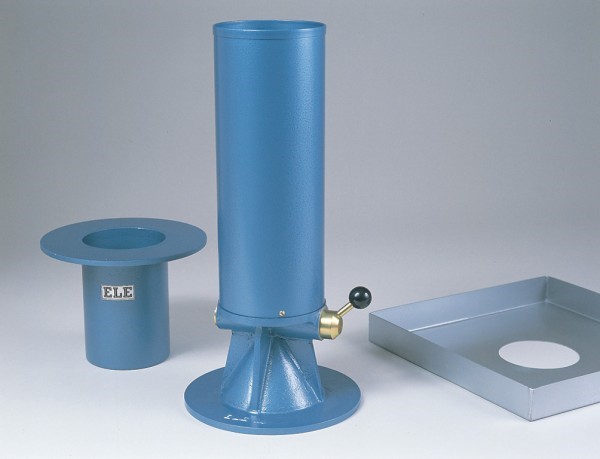As the basic structural foundation for almost all construction, soil materials play an important role in the ultimate success of a project.
During the design stage, it is important to carry out analysis of soil properties to determine its suitability for the proposed construction project.
- Soil Sampling
- IN-SITU Density (Sand Replacement Method)
- Atterberg Limit
- Liquid Limit
- Plastic Limit
- Shrinkage Limit
- Particle Density
- Particle Size Distribution
- Compaction
- California Bearing Ratio (CBR)
- Soil Strength (Direct Shear)
- Consolidation
- Soil Strength (Triaxial)
- Soil Permeability (combination permeameter)
Correct sampling and preparation of soil samples is necessary to obtain detailed information regarding the sub-surface structure and engineering characteristics of the area under investigation.
Augers are used for boring in cohesive soils or sands and gravels. This equipment can be used to obtain disturbed or undisturbed samples at reasonable depths, subject to ground conditions.

Figure 1: Hand held driven auger

Figure 2: Sample tubes
Available fixtures
- 100mm & 150mm Soil auger head
- 150mm Gravel and Sand auger head
- 50mm dutch soil auger head
- Core-cutter (I 00 x 130mm)
Location(s): available at Abuja & Ota
IN-SITU DENSITY (SAND REPLACEMENT METHOD)
In-situ density is widely used to control the field compaction of earthworks and pavement layers

Figure 3: Sand replacement apparatus
ATTERBERG LIMIT
Atterberg limit tests are used to determine the critical water contents of fine-grained soils.
LIQUID LIMIT
Liquid limit is the moisture content at which soil passes from the plastic to the liquid state. This can be determined using the; The Casangrande method and Cone penetrometer method.
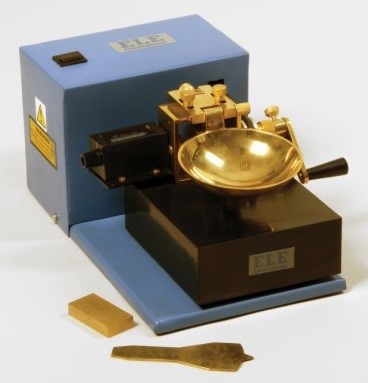
Figure 4: Casangrande apparatus

Figure 5: Cone penetrometer apparatus
PLASTIC LIMIT
Plastic limit is the lowest moisture content of a soil that will permit a sample to be rolled into threads of 3mm diameter without the threads breaking. This is determined using the Plastic limit test set
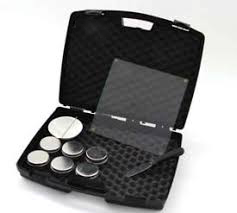
Figure 6: Plastic limit apparatus
SHRINKAGE LIMIT
Shrinkage limit is the maximum moisture content at which the soil stops shrinking when dried. Linear shrinkage is determined using the shrinkage mould.

Figure 7: Shrinkage mould
PARTICLE DENSITY
Particle density is a measure of the actual particles which make up the soil mass. It is used when calculating porosity, voids and when compaction and consolidated properties are being investigated

Figure 8: Pyknometers
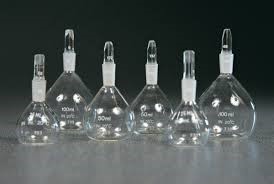
Figure 9: Density bottles
This can be determined using the Pyknometers and Density bottles (25ml, 50ml & 100ml)
PARTICLES SIZE DISTRIBUTION
Analysis of soils by particle size provides useful engineering classification system from which a considerable amount of empirical data can be obtained. This can be determined using the Sieve analysis for gravel and sand size particles and sedimentation analysis for fine materials such as silt and clay

Figure 10: Sieve shaker with complete set of sieve
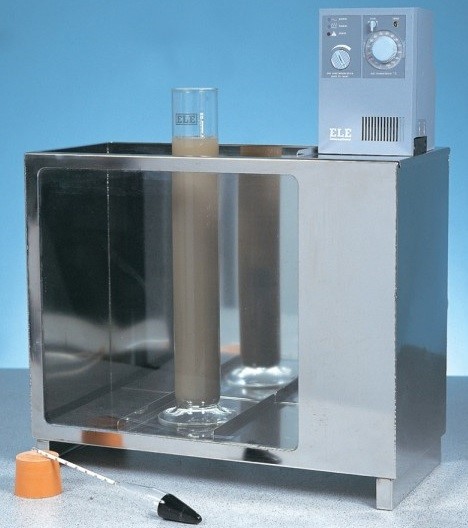
Figure 11: Sedimentation apparatus
SIEVE SET
200mm Dia BS Sieve 63 µm, 75 µm, 150 µm, 212 µm, 300 µm, 425 µm, 600 µm, 1.18mm and 2mm Stainless Steel Mesh
COMPACTION
Soil compaction is the process of increasing the density of soil by packing the soil particles closer together causing a reduction in the volume of air present in the samples. This can be achieved using the Automatic Soil Compactor
Available fixtures
- With accessories for light and heavy compaction (CBR)
- With manual compaction accessories (2.5kg, 5kg)
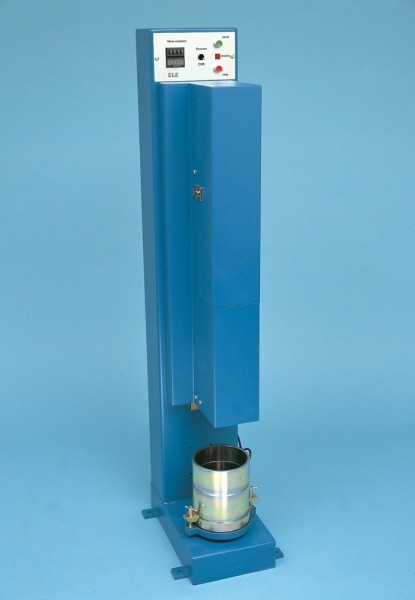
Figure 12: Automatic Soil Compactor
CALIFORNIA BEARING RATIO
California Bearing Ratio (CBR) test is an empirical test used for estimating the bearing value of highway sub-bases and sub-grades.
Available fixtures
- With accessories for soaked and un-soaked CBR
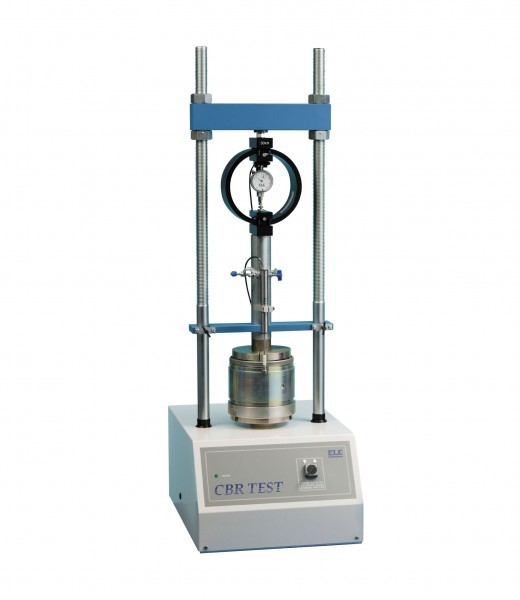
Figure 13: CBR test machine
SOIL STRENGTH (DIRECT SHEAR)
The direct shear test is used to determine the consolidated drained shear strength of a soil sample.
Available fixtures
- With accessories for testing 60mm sq. and 100mm sq. samples sizes

Figure 14: Direct shear apparatus
CONSOLIDATION
The Oedometer Consolidation determines the rate and magnitude of consolidation of a soil specimen with low permeability. Tests are carried out on specimens pre• pared from undisturbed samples.

Figure 15: Consolidation apparatus
SOIL STRENGTH (TRIAXIAL)
Triaxial tests are used to investigate the stress-strain relationships in undisturbed, remoulded or compacted soil samples.

Figure 16: Triaxial test apparatus
SOIL PERMEABILITY (COMBINATION PERMEAMETER)
The combination permeameter apparatus is a combination of the constant head and falling head permeability set which is used to study the behavior of relatively coarse grained soils such as sands and gravels; fine grained soils such as clay-like or silty soils with respect to water flow.


